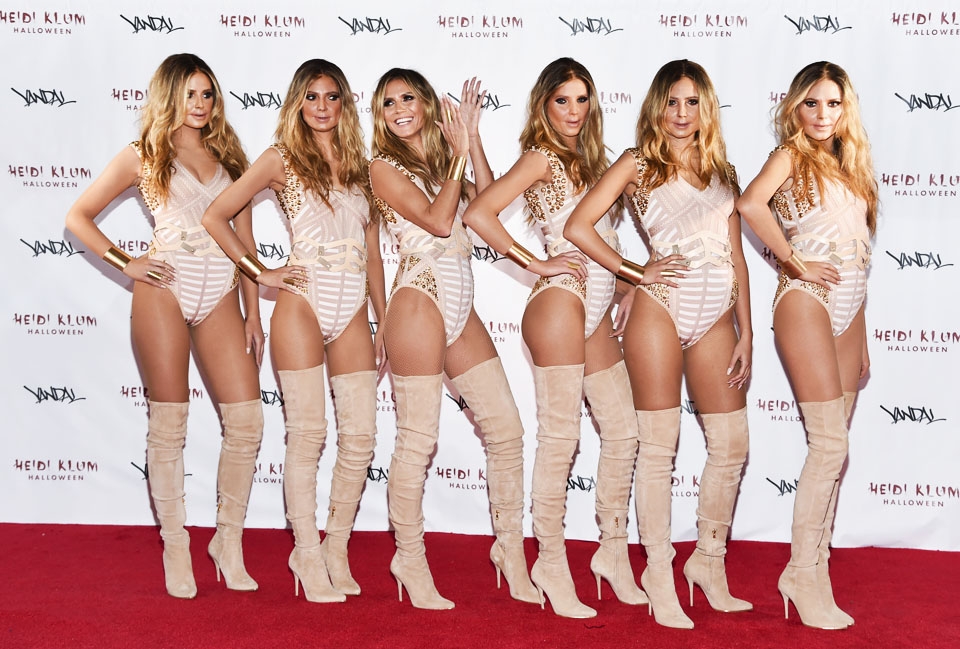

By Catherine Clements | Student Columnist
Since I was a child Halloween has been one of my favorite holidays. What other day has trick-or-treating, haunted houses and pumpkin carving all rolled into one? But of all Halloween festivities, dressing up has always been the best part. Halloween is a night when you can be whoever or whatever you want.
There’s something magical about the idea of taking a night off from your regular life to be something spooky, pun-ny or original. The possibility for Halloween costumes are endless and so is the execution. For the same costume, one person may decide to wear a t-shirt while the other opts for a tutu. What makes your costume unique is how you express yourself.
People choose their costumes for many reasons. Perhaps they just want to use what they already have in their closet. Or maybe they want to show off their creativity.
Maybe their Halloween costume makes them feel confident or sexy.
Most of us are familiar with the iconic Mean Girls quote: “Halloween is the one day a year when a girl can dress up like a total slut and no other girls can say anything else about it.” Though Mean Girls is one of my favorite movies, there’s a problem with this conclusion.
What society needs to take into consideration is that what someone decides to wear is not a reflection of their intentions. It is not our job to make some connection between someone’s costume and their sexual activity. It is really none of our business. The point of Halloween is to have fun, so let’s stop wasting time judging others’ costumes.
At first I questioned who is defining “slutty” when it comes to costumes, but then I realized it is us — all of us. Author Leora Tanenbaum writes in “Slut! Growing Up Female with a Bad Reputation” that every time “we see a woman who dresses provocatively, [we] maybe we wish we had the guts to dress that way ourselves. [But] what do we call her? A ‘slut.’”
Despite some beliefs, there is no correlation between the length of a woman’s dress and her sexual activity. People have the right to wear what they want, and Halloween is no exception. A person’s shoe choice, skirt length or top-cut is their business. Unless someone’s costume is truly offensive, such as being racist, it should not matter what they are wearing.
“There are no ‘slutty costumes,’” said Anne Donahue for The Huffington Post Canada. “There are just costumes. And while a particular costume may not be in your comfort level, that’s fine because you’re not the one wearing it.”
Donahue has a great point because everyone has a different line for what is too far. We need to remember that there is not a right or wrong when it comes to boundaries. My line is definitely different than some of my friends’, and that is a perfectly natural thing.
Halloween is a good time to open up the conversation on slut-shaming. Slut-shaming, as defined by the Oxford Dictionary, is “the action or fact of stigmatizing a woman for engaging in behavior judged to be promiscuous or sexually provocative.” This judgement on women isn’t just limited to sexual activity but extends as far as what is considered provocative clothing.
Slut-shaming is a deeply rooted problem in our society that hides in sexism. Therefore, to no surprise, one of the biggest nights this occurs is on Halloween, when people let loose a little more than the average day.
In North American English alone there are 220 words to describe “sexually promiscuous women,” according to Nancy Hornberger in “Sociolinguists and Language Teaching.” That is a lot of words to remove from one’s vocabulary. It is something society as a whole needs to actively practice.
What is important to recognize about slut-shaming, especially on Halloween, is that it is not coming from a particular side. Both men and women alike are guilty of slut shaming. Though it is challenging to not react to or pass judgement on something we think is shocking, we must remember that just because we wouldn’t wear it, doesn’t mean she can’t.




